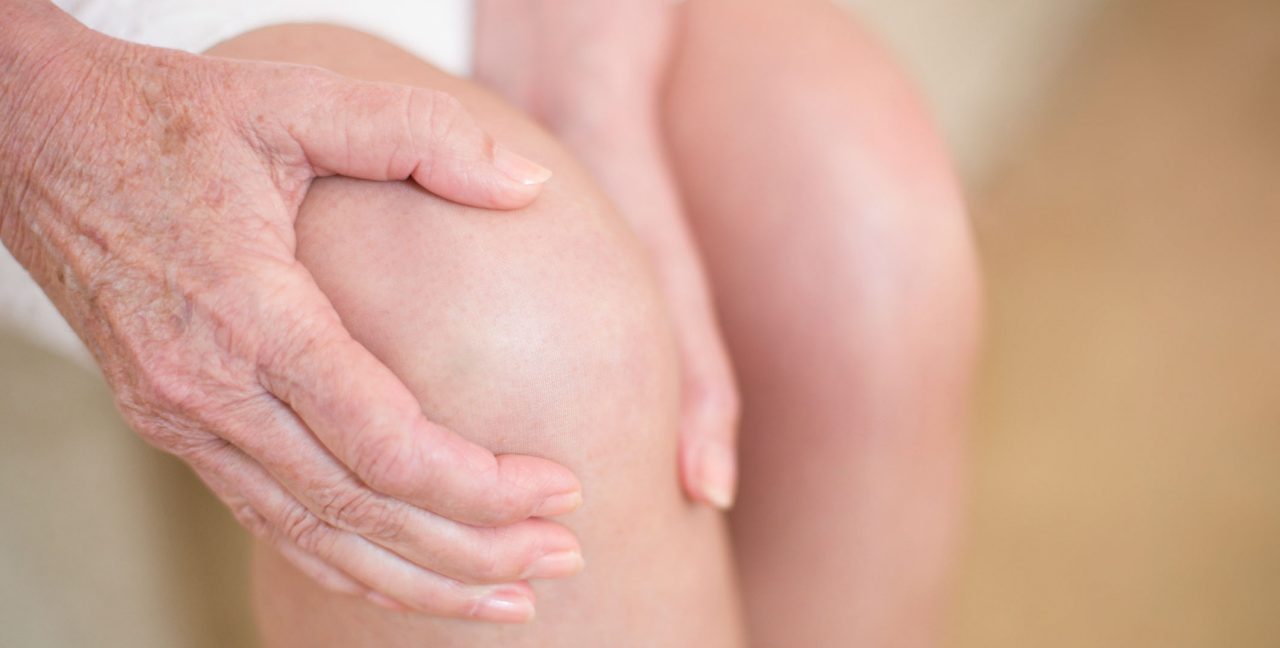Osteoarthritis in Your Hands and Knees

Osteoarthritis of the knees and hands can be debilitating. Know the symptoms of arthritis in your hands and knees and learn how you can manage your pain.
Many people experience discomfort in their bodies as they age. Discomfort that affects your joints is often known as arthritis.
YOU MIGHT ALSO LIKE: Symptoms of Osteoarthritis
Arthritis in the knees and hands
Arthritis, according to the Centers for Disease Control and Prevention (CDC), affects over 22 percent of American adults, and that number is expected to increase. Though it can occur in any joint in your body, arthritis in your knees and hands can be particularly debilitating, restricting your ability to accomplish everyday activities.
Arthritis in your knees can damage either the cartilage that cushions your knee bones or the tissue that surrounds and protects your knee. It can limit your daily routine, making it difficult to walk, climb stairs, stand easily, or exercise.
Hands are another common site for arthritis to develop. According to the American Society for Surgery of the Hand, arthritis can affect any of the joints in your hand. It is most common in the base of your thumb and the joints of your finger. Arthritis in your hands can make it hard to hold objects, cook, write, open doors, drive, or perform personal grooming tasks.
Several factors can cause arthritis. Rheumatoid arthritis, for example, is an autoimmune disorder that affects your joints at any age. Osteoarthritis, or OA, is a degenerative disease that develops as you age.
Osteoarthritis of the knee and hands
Osteoarthritis, sometimes known as “wear and tear” arthritis, is the most common form of arthritis, the CDC reports. It happens when the cartilage that cushions your joints begins to break down, causing movement to become difficult and painful.
As the cartilage breaks down, bones develop growths called spurs from rubbing against each other. Bits of bone and cartilage may break off and float around your joint, causing more inflammation and discomfort. Those changes often happen slowly and become worse over time.
OA may cause enlargement of the joints in your hands, a condition known as nodes. The bony nodules develop around inflamed joints as the cartilage wears away. They may be either painful or painless. When nodes are painful, it is often a deep, aching sensation that can make it hard to use your fingers to grip or pinch.
Osteoarthritis of the knee often causes the cartilage to wear away on one side, causing asymmetrical pain. In its early stages, OA causes mild stiffness in your knees, often early in the morning or after exercising. When the cartilage begins to wear away completely, the bones in your knee can rub directly on each other, causing inflammation and pain throughout the day and night.
Risk factors for osteoarthritis of the knee and hands
Although the exact causes of osteoarthritis are unknown, medical professionals believe that several factors can increase your risk of developing OA. Risk factors include:
- Being over 40 years of age
- A family history of arthritis
- Being overweight or obese
- Previous injuries or surgeries in your hands and knees
Women suffer from OA more frequently than men, and athletes are more likely to develop joint disorders following repetitive wear and tear joint injuries.
Symptoms of arthritis in hands and knees
If you have osteoarthritis in your hands or knees, you may notice:
- Joint stiffness
- Pain, aching, or tenderness on one side of joints
- Nodules
- Decreased range of motion
- Swelling and inflammation
Osteoarthritis in your knees can change the way you walk, causing hip and spine pain as well. In the early stages of OA, symptoms may happen first thing in the morning but improve throughout the day.
Unlike other forms of arthritis, osteoarthritis is often asymmetrical, meaning it affects one side of a joint more severely than the other.
Living with osteoarthritis in your hands and knees
If you have osteoarthritis, it is still possible to continue living a normal, productive life. The first step is to talk to your doctor about what you are experiencing.
Your doctor may prescribe anti-inflammatory medication to help manage the pain and stiffness, but lifestyle changes can be just as beneficial as drugs. Engaging in low-impact exercise, such as swimming or biking, can reduce joint stiffness and maintain your range of movement. Your doctor may also recommend that you lose weight to reduce the strain on your joints.
Many communities have support and education groups to help people with osteoarthritis manage their symptoms. The CDC also provides resources to help manage your pain and continue living a healthy, active life.
Updated:
June 21, 2023
Reviewed By:
Christopher Nystuen, MD, MBA